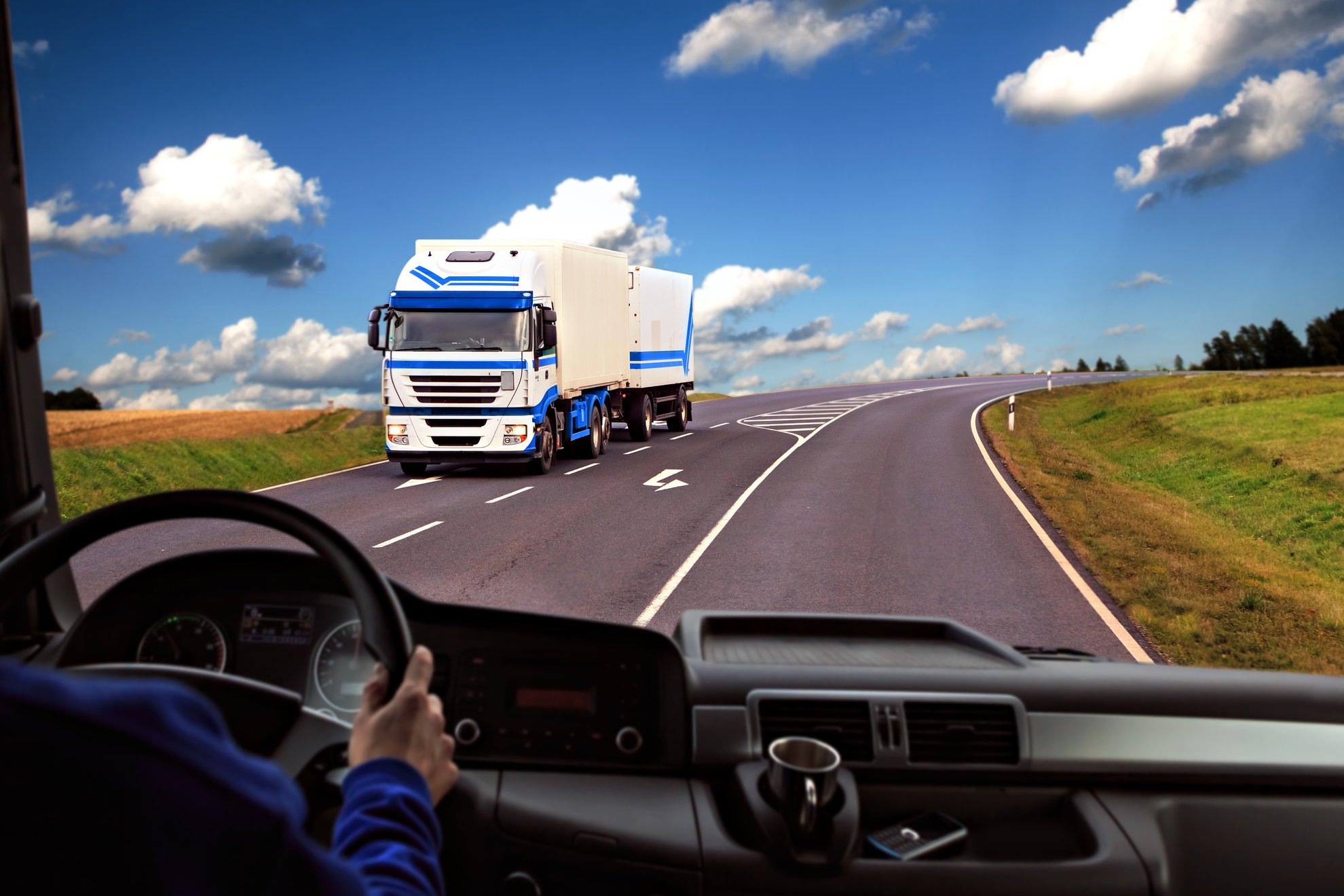
Distracted driving thought leadership articles for commercial fleets

Dr. Sicconi co-founded dreyev with CEO Malgorzata Stys in 2016 to address real-time driver attention monitoring to prevent distracted and drowsy driving. His lifetime goal is to “reinvent” human-machine interfaces by creative integration of silicon technology, signal processing, communication protocols, distributed-computing, and smart dialog management.
The improvement of telematics has come a long way since it was first introduced in the 1990's. As technology evolved over the years, telematics solutions were able to collect more data and report that data faster at decreasing costs. Today, telematics solutions collect a wealth of vehicle data and, with the addition of video recording, can somewhat detect the behavior of the driver for review. At best, these telematics solutions replicate having a virtual blindfolded passenger along for the ride to observe the behavior of the driver to increase safety and minimize the risk of accidents. But does a blindfolded passenger make you a safer driver?
We are living in extraordinary times. The COVID-19 pandemic has changed everyday tasks that we used to take for granted (like going to the grocery store) into a major obstacle. Many people have turned to online shopping with delivery or curbside pickup, to avoid standing in line at the entrance of stores, or the need to wear masks and gloves while visiting them, at risk of infections.
How do you feel after driving hundreds of miles on a rural highway, or navigating for hours through congested city traffic? In either scenario, the ability of humans to stay constantly attentive for long periods is problematic. This is where technology that provides augmented attention for safer driving should be considered. Today, humans are better than machines at providing the ability to make decisions quickly and maneuver even in complex situations. Machines are less capable of handling difficult situations but are better at keeping constant attention also in boring conditions. The best of both worlds is a system where the human driver takes care of difficult situations, and the machine handles the repetitive and boring ones. But the machine needs to verify that the driver is available, attentive, and informed when it needs to transfer control - and this transfer needs to happen quickly and seamlessly.
Over the past ten years, “nuclear verdicts” have dramatically increased in frequency, which has affected the rising costs of commercial insurance premiums and threatened the existence of fleet companies. The challenge with predicting if your fleet is sustainable to a crash of this magnitude is the uncertainty of how these verdicts are determined. Often the amount awarded is not proportional to the actual damages.
Once again, CES 2020 in Las Vegas has delighted us with an intriguing mix of highest tech innovations in the world of consumer technologies. We saw self-driving, autonomous and flying vehicles, swarms of flying, running, walking, crawling, swimming robots, giant TV screens, virtual biometrics, wearables in all sizes, many exciting and some useless products for the home, current generation and future cars, and much more. In the article, we would like to share what we believe are the top 10 automotive technologies that matter most.
If you are like me, you know how difficult it is to change eating habits. At some point in your life, you may realize that your almost unconscious decision-making process that guides the selection of food and timing needs drastic changes - for the safety of your health. We are all creatures of habit and know how difficult it is to change that. Many of us started using technology to brings essential information to our attention to help us change our eating habits. Is our driving style safe enough or do we need to change it? Is technology improving attention to our driving?
Here I am, just shy of 18 years old, with a freshly issued driver’s license and the right to explore any remote part of the world on my own, on four wheels.